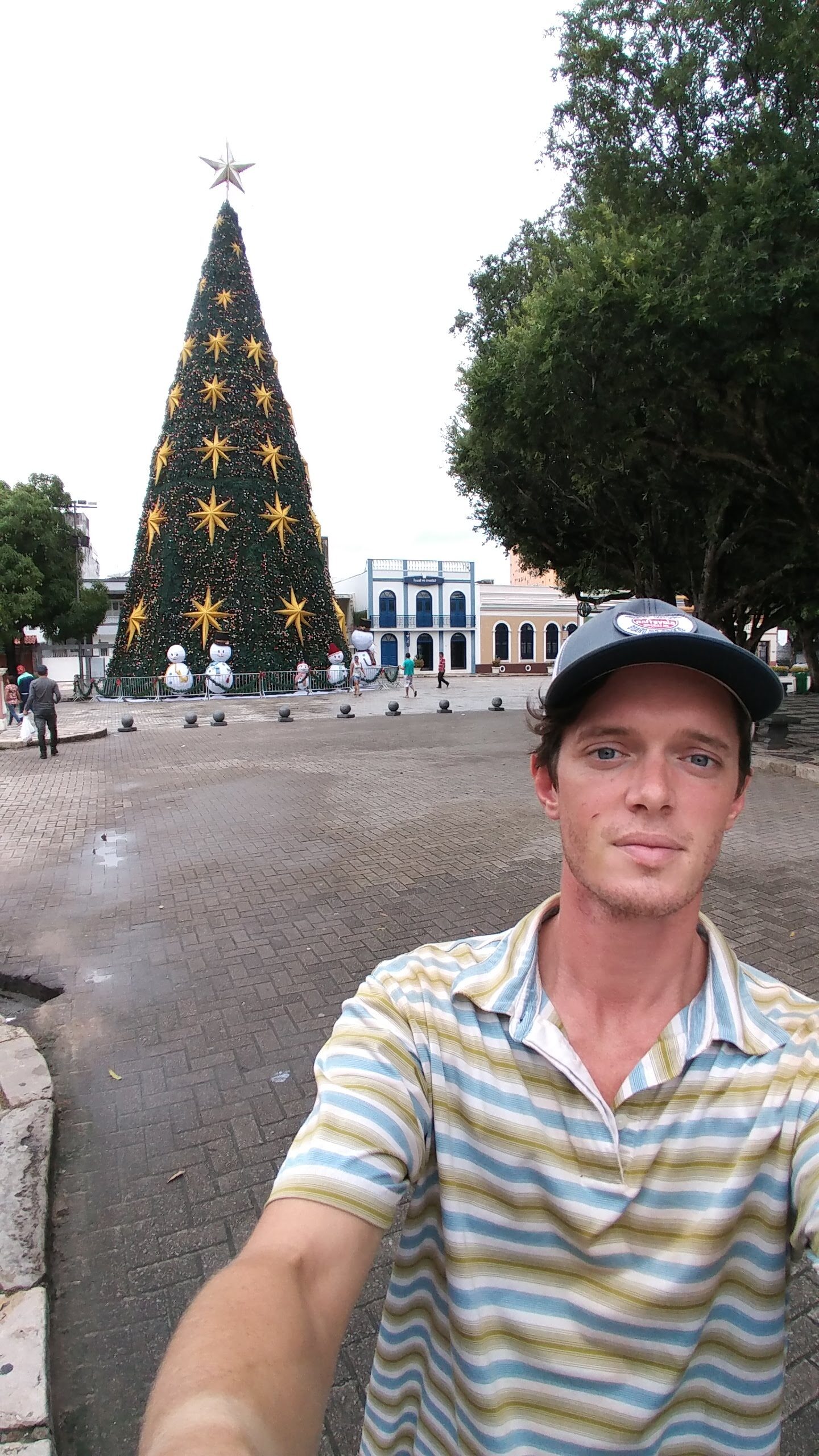By Kate Rich
The eScience Staff Spotlight is a series featuring individual members of our team and their career journey. This week’s featured staff member is Data Scientist Curtis Atkisson.
Prior to becoming a researcher of human behavior, Curtis explored human nature through a different medium. After graduating from high school at the age of 17, Curtis moved to New York City to work as an actor and model for a few years. One of his primary roles was in an arts and education play that toured the east coast. The production, performed largely at community centers and schools, was about the dangers of substance abuse.
After an exciting stint as a working actor, he moved back to Missouri to be closer to his family. Curtis made a major career pivot and got a job handling the business side of a small software company. To further his business career, he started taking classes at the University of Missouri. However, early in his college studies, he realized that business school was not his path and shared that he was more interested in “what makes people tick.” This interest led him to develop an interest in history and later on, evolutionary anthropology. As Curtis explains, ““I became enamored with this idea that I could not only understand what people are, which is what I did with acting, or how they got there, which is what I did with history, but why they acted the way they did.”
As a self-described “try-hard,” Curtis ended his undergraduate education with degrees in Psychology and Anthropology, with minors in Mathematics, Computer Science, and Biology. This background translated nicely into research as he went on to the University of California, Davis to pursue a Ph.D. in Anthropology. His research was focused on how changes in the density of someone’s multiplex social network impacted their likelihood of making an effort to help friends in a small group setting and cooperate with strangers. For his dissertation, he conducted fieldwork in southern Guyana. He worked closely with some villages with mostly Makushi people that recently gained access to roads leading to larger cities. By gathering data from nine different villages, he studied the patterns of human interactions in relation to the proximity of the roads leading to more urban areas.
After graduating, he did a postdoctoral position at the University of Massachusetts, Amherst where he returned to his early days of working in software spaces by collaborating on research about open source software communities. Naturally, this path led him to eScience, an interdisciplinary space with programs supporting open software and science. He was drawn to the position because his role in eScience programming allows him to continue teaching people while pursuing a diverse research agenda ranging from the perspectives of refugees to K-12 environmental education. For Curtis, the programs offered by eScience offer a unique opportunity for him as an educator and for participants looking to enhance their data science skills. He explains that the work he gets to do with researchers who come to eScience “unlocks the ability for them to do things they couldn’t do before, and think about the world in a way they couldn’t think about the world before. It’s just really magical.”
Curtis had a colorful and seemingly winding road to research, but his passion for investigating the human condition and sharing that knowledge with others motivates everything he does. Here at eScience, we are so grateful for his enthusiasm for building a strong organizational culture and devotion to understanding the people around him.

